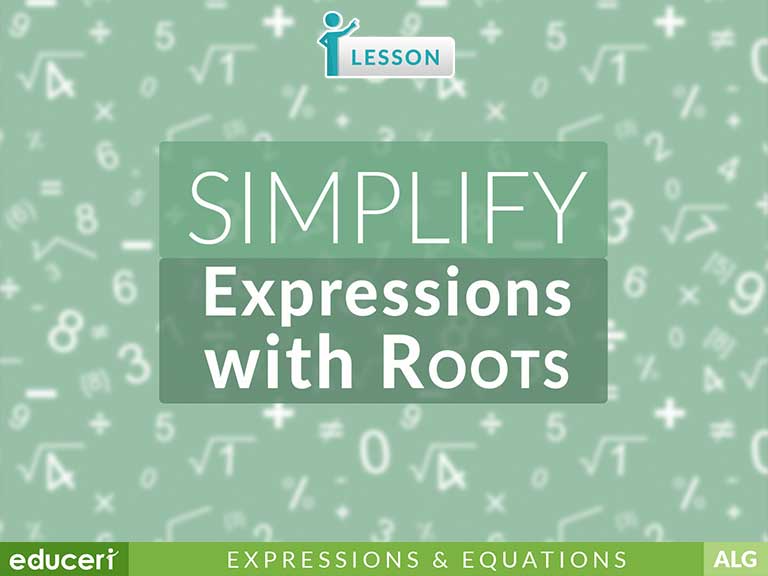Standard Alignments:
(10) Number and algebraic methods. The student applies the mathematical process standards and algebraic methods to rewrite in equivalent forms and perform operations on polynomial expressions.
A1.10.A(A) Add and subtract polynomials of degree one and degree two
A1.10.B(B) Multiply polynomials of degree one and degree two
A1.10.C(C) Determine the quotient of a polynomial of degree one and polynomial of degree two when divided by a polynomial of degree one and polynomial of degree two when the degree of the divisor does not exceed the degree of the dividend
A1.10.D(D) Rewrite polynomial expressions of degree one and degree two in equivalent forms using the distributive property
A1.10.E(E) Factor, if possible, trinomials with real factors in the form ax2 + bx + c, including perfect square trinomials of degree two
A1.10.F(F) Decide if a binomial can be written as the difference of two squares and, if possible, use the structure of a difference of two squares to rewrite the binomial.
A1.11(11) Number and algebraic methods. The student applies the mathematical process standards and algebraic methods to rewrite algebraic expressions into equivalent forms.
A1.11.A(A) Simplify numerical radical expressions involving square roots
A1.11.B(B) Simplify numeric and algebraic expressions using the laws of exponents, including integral and rational exponents.
8.EE.2 Use square root and cube root symbols to represent solutions to equations of the form x2 = p and x3 = p, where p is a positive rational number. Evaluate square roots of small perfect squares and cube roots of small perfect cubes. Know that √2 is irrational.
HSN.RN.1HSN.RN.1 Explain how the definition of the meaning of rational exponents follows from extending the properties of integer exponents to those values, allowing for a notation for radicals in terms of rational exponents. For example, we define 5^(1/3) to be the cube root of 5 because we want (5^(1/3))^3 = (5^(1/3))^3 to hold, so (5^(1/3))^3 must equal 5.
HSN.RN.2HSN.RN.2 Rewrite expressions involving radicals and rational exponents using the properties of exponents.
